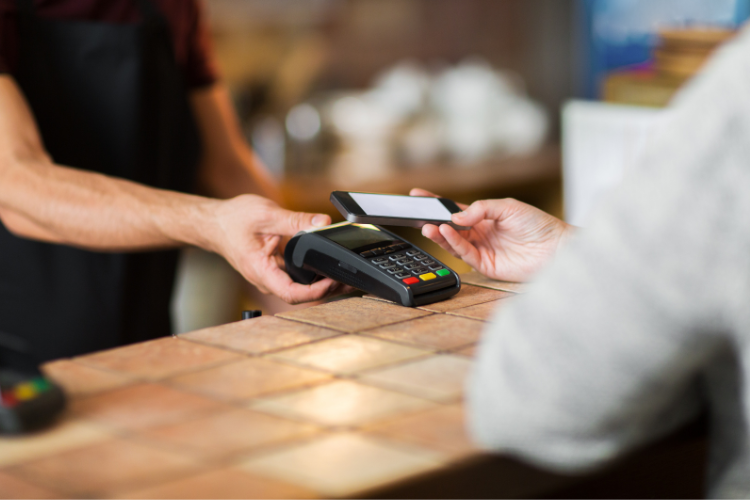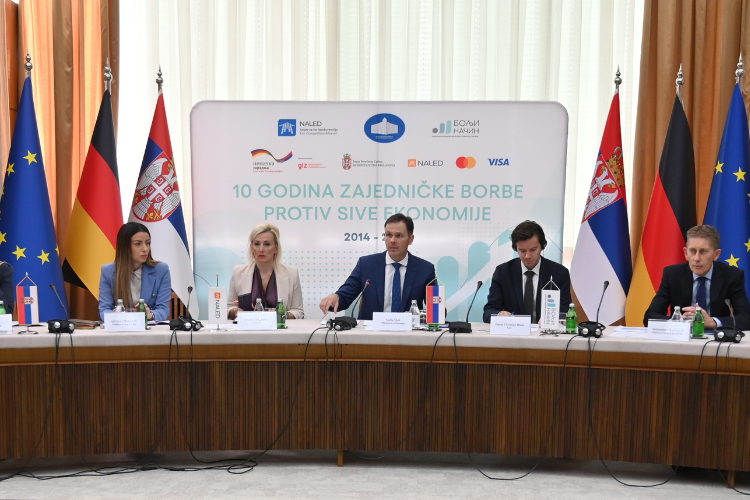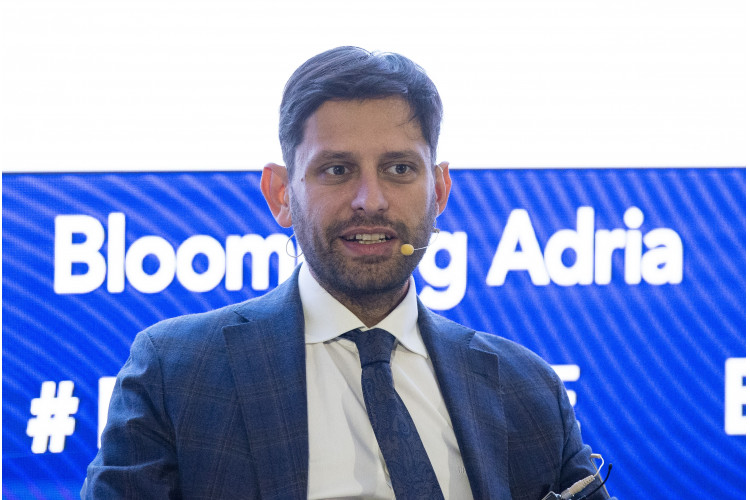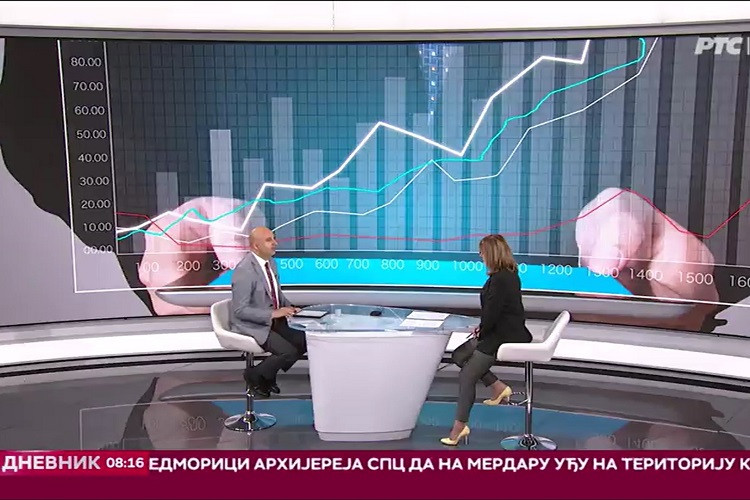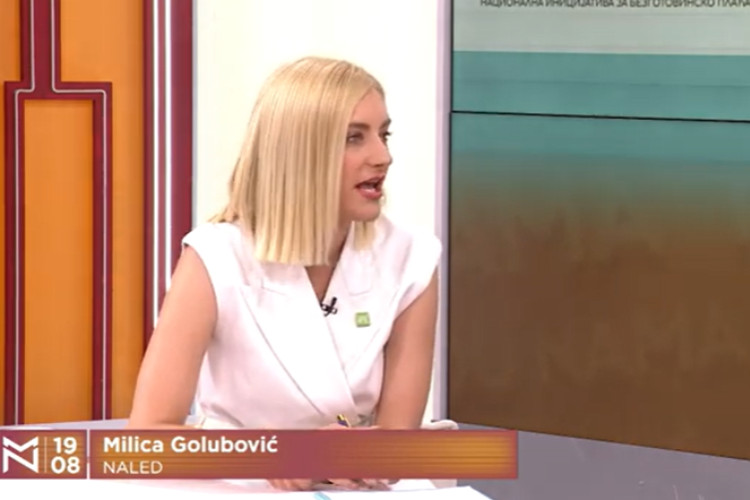More than 60% of citizens have turned to cashless payment methods
Nearly two-thirds of citizens in Serbia (over 60%) use some form of cashless payment, and the number of cardholders is twice as high as it was seven years ago, according to a survey by Ipsos conducted as part of the Better Way Initiative.
- Citizens who use cashless payment methods are much more likely to pay by card than with cash (81% vs. 64%). The next most commonly used form of cashless payment is electronic or mobile banking (50%), while instant payments are also on the rise, now used by one-fifth of the population, says Zlatko Milikić, project team leader of the Better Way initiative at GIZ Serbia.
In line with these trends, half of the companies in Serbia encounter consumers who want to pay by card on a daily basis or at least several times a week.
- Cashless payment users believe it would be useful to introduce this payment method first at markets, in hairdressing and beauty salons, for craftsmen services, and at counters in institutions, adds the GIZ representative.
The main advantage of card payments, according to 75% of users, is that it is easier and faster. Another benefit is that they don’t need to carry cash. The third advantage is security, with a lower risk of theft and greater safety of money, as cards can be blocked and unauthorized transactions can be refunded. Supporting this, nearly 30% of citizens have experienced an unpleasant situation of losing or having their wallet or cash stolen, while far fewer citizens, only 4%, have had money stolen from their card and not managed to recover it.
On the other hand, just over half of businesses allow customers to pay by card in-store, and only 1% allow payment via QR code. The majority of entrepreneurs believe that tax incentives for cashless payments (42%), reduced merchant fees for card payments (40%), and subsidies for POS terminals (33%) would be the most helpful incentives for introducing cashless payments.
- This is precisely why the Better Way initiative, launched by GIZ, Mastercard, and Visa in cooperation with NALED, has provided subsidies for the free introduction of POS terminals with a reduced merchant fee of 0.99%. In just over a year and a half, we had 5,000 applications for POS terminals, and merchants who first introduced cashless payments thanks to our program processed a total of 3.5 million transactions worth 35 million euros, Milikić adds.
The main reason businesses generally introduce cashless payments is because they do not want to turn away customers who prefer this payment method. Two-thirds of businesses believe cashless payments have made it easier for sellers to work, and nearly 60% say it has allowed them to save an average of over 8,000 dinars per month.
Nearly all businesses (94%) that offer cashless payment options to their customers say it has had a positive impact on their operations.

